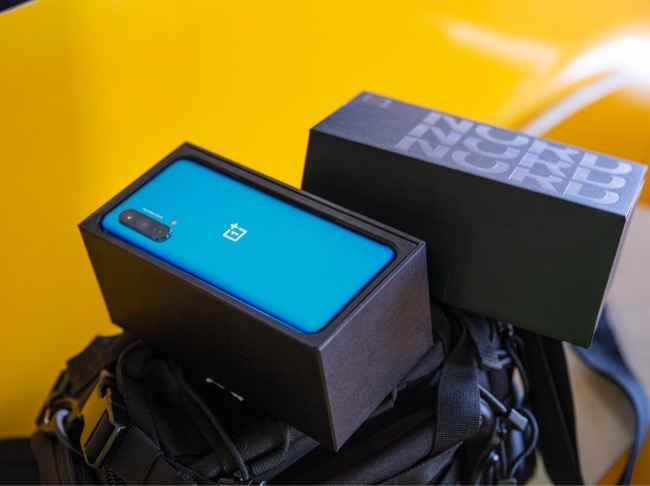
OnePlus has often found itself marred in controversy over its dependence on Oppo since both of them are managed by the same conglomerate, BBK Electronics. So, it is an interesting development now that OnePlus is officially merging with Oppo.

Even though OnePlus will be merging its internal departments with Oppo, the brand remains an independent entity and will continue to launch phones and other products as it has been doing. “We will continue launching OnePlus products, holding events (hopefully in person soon) and engaging directly with you for feedback through the same OnePlus channels as before. OnePlus’ commitment to you remains the same,” Pete reiterates in the post.During the OnePlus 9 series launch in March, OnePlus revealed that the phones will run on ColorOS in China instead of HydrogenOS. The ColorOS is usually used by Oppo phones and it is not the slickest of the interfaces around. However, globally OnePlus will continue using OxygenOS which the company has also confirmed after its most recent announcement.
Comments
Post a Comment